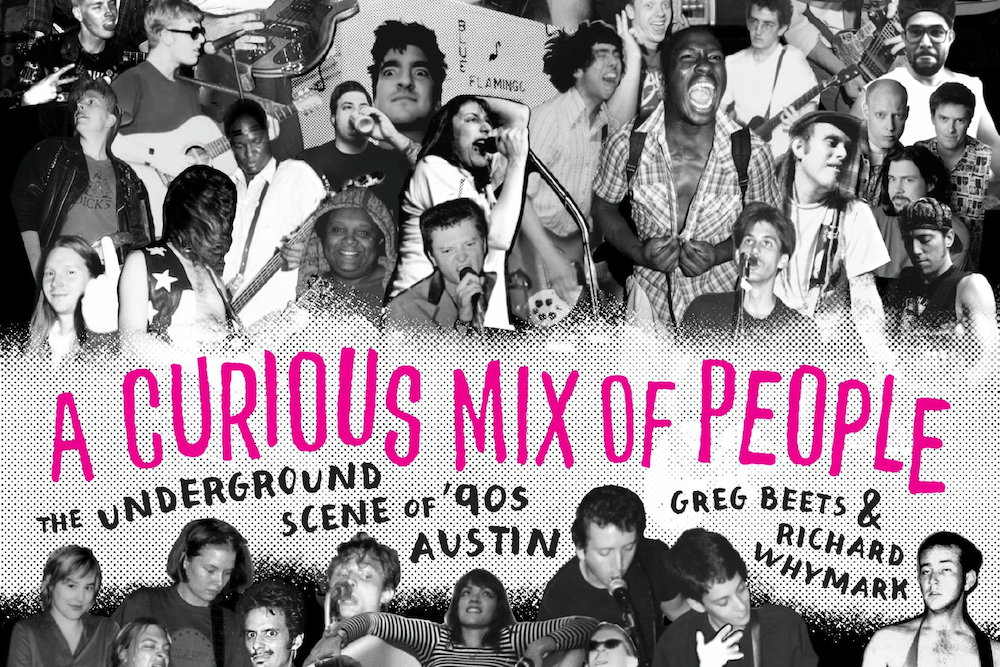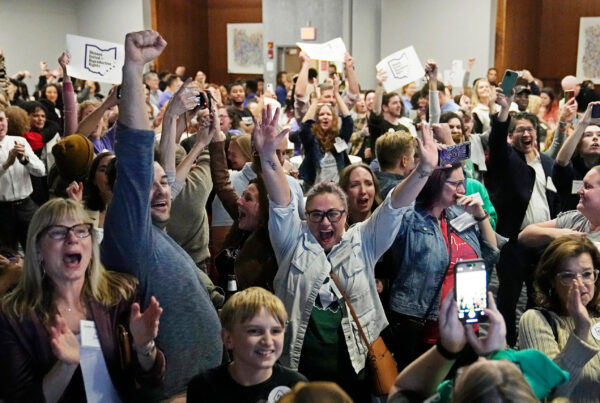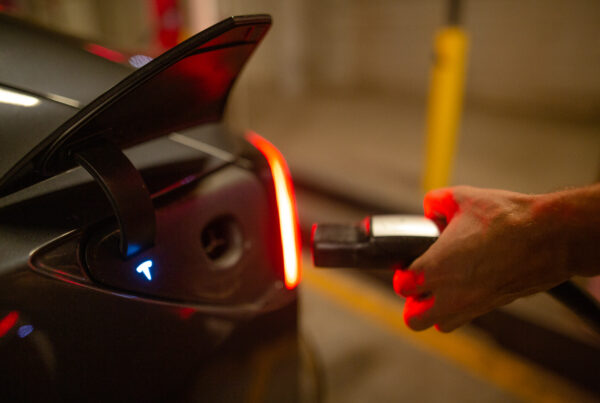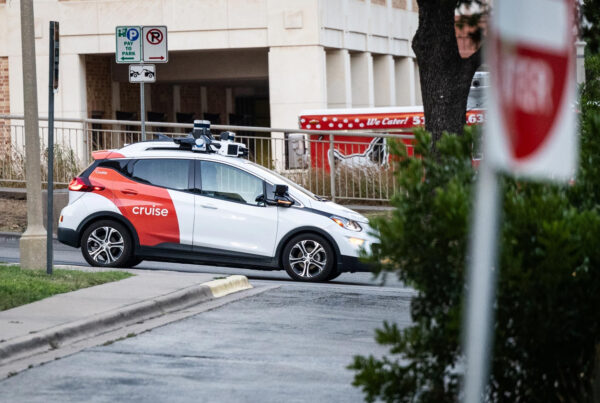In 1990s Austin, an underground scene was brewing at house parties, makeshift venues and long-departed clubs.
While many of those bands and venues have since been lost to time, the underground music ecosystem of the ’90s not only eventually birthed some of the biggest, most critically-acclaimed names in indie rock, it was also an incredibly active microcosm of the do it yourself (DIY) scene – where bookings were handled with phone calls and snail mail, and shirts and merch were printed by the bands themselves.
“A Curious Mix of People: The Underground Scene of ’90s Austin” captures the electrifying moment in the words of people who were there. Authors Greg Beets and Richard Whymark share the story through over 100 interviews with ’90s scene fixtures – musicians, DJs, club owners, record store clerks and dozens more hangers-on.
The Standard spoke to Beets and Whymark about their book, out now from University of Texas Press. Listen to the interview above or read the transcript below.
This transcript has been edited lightly for clarity:
Texas Standard: For folks listening in Denton or Houston or El Paso: what’s so unique about the Austin music scene of the nineties? How would you answer them?
Greg Beets: You almost have to go back to the eighties. Because so much of what was going on here in the nineties was predicated on what bands like The Big Boys and The Dicks and the Butthole Surfers had done. They laid down a template in a place that was really out of the way at the time.

Greg Beets, left, and Richard Whymark, right, at the KUT Public Media Studios. Michael Minasi / KUTX
Austin was not an easy place to get to. Back then there wasn’t the Internet to get people and keep people connected. So getting out of Texas – as anybody who’s ever driven I-10 out west – is a feat in of itself.
Maybe the difference in the nineties might have been that at the time Austin started emerging on the national consciousness a little bit more through things like the movie “Slacker.” And in the channels that people had available to them, I think, really started growing. There were local record labels that were putting out local music. There were fanzines that were documenting the local music scene, in addition to the alt-weekly, The Austin Chronicle. So there was just a lot of activity.
Meanwhile, going on at the same time, nationally you had the emergence of what was known as alternative rock at the time, which had become a commercial force that it really wasn’t in the United States, at least. So there was a dichotomy there, too, between bands that really wanted to remain true to DIY. What do you do when you start becoming commercially successful, and how do you work that out? It was an interesting time to be around doing music.













